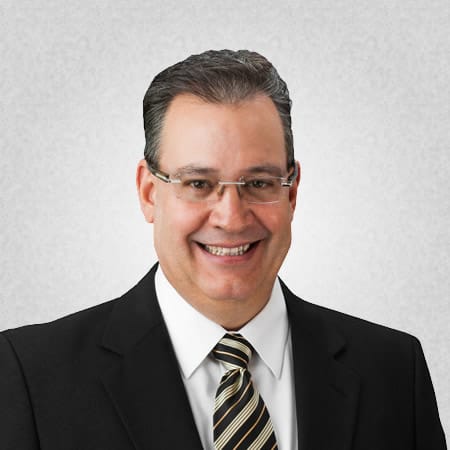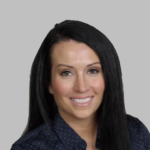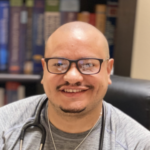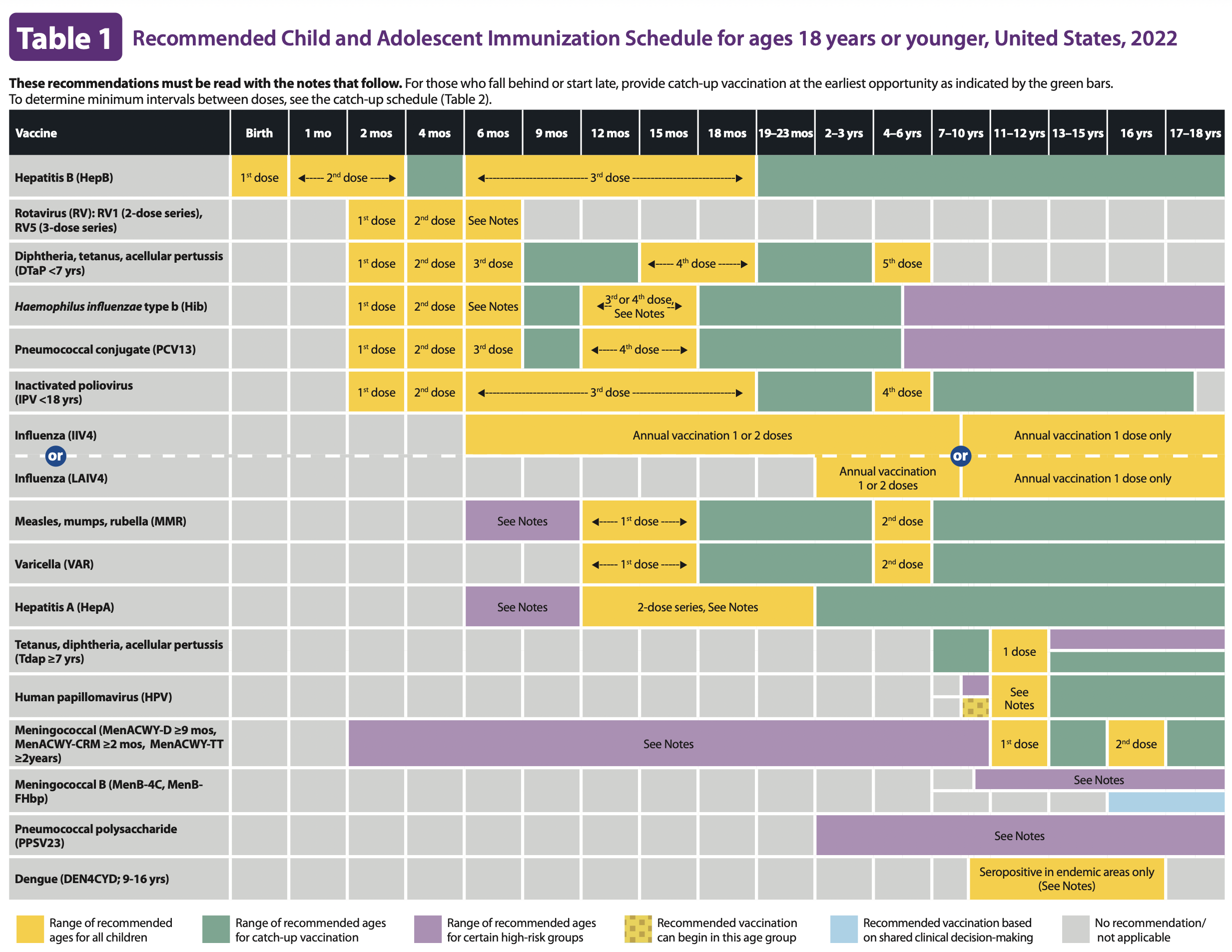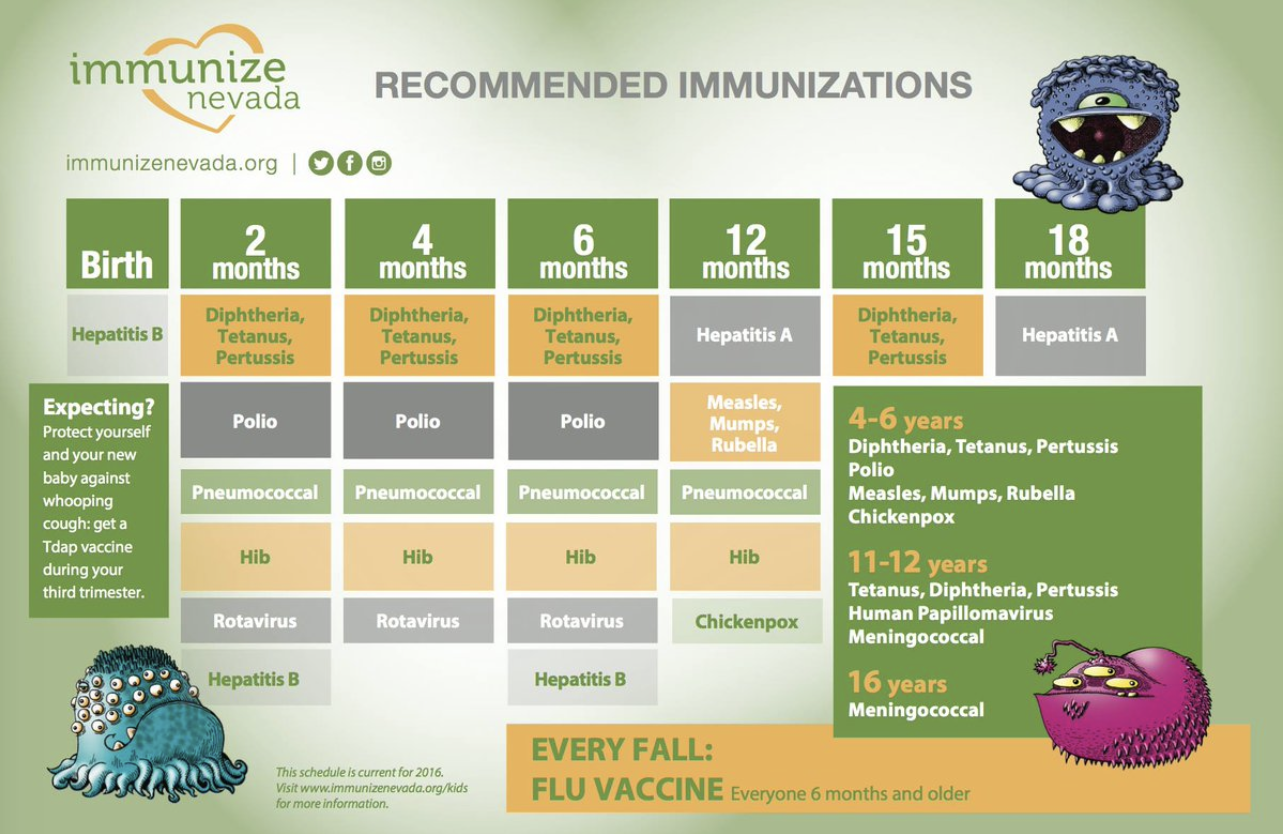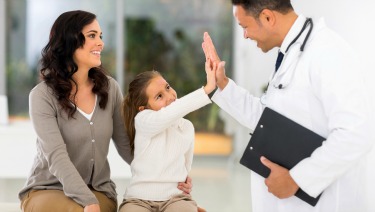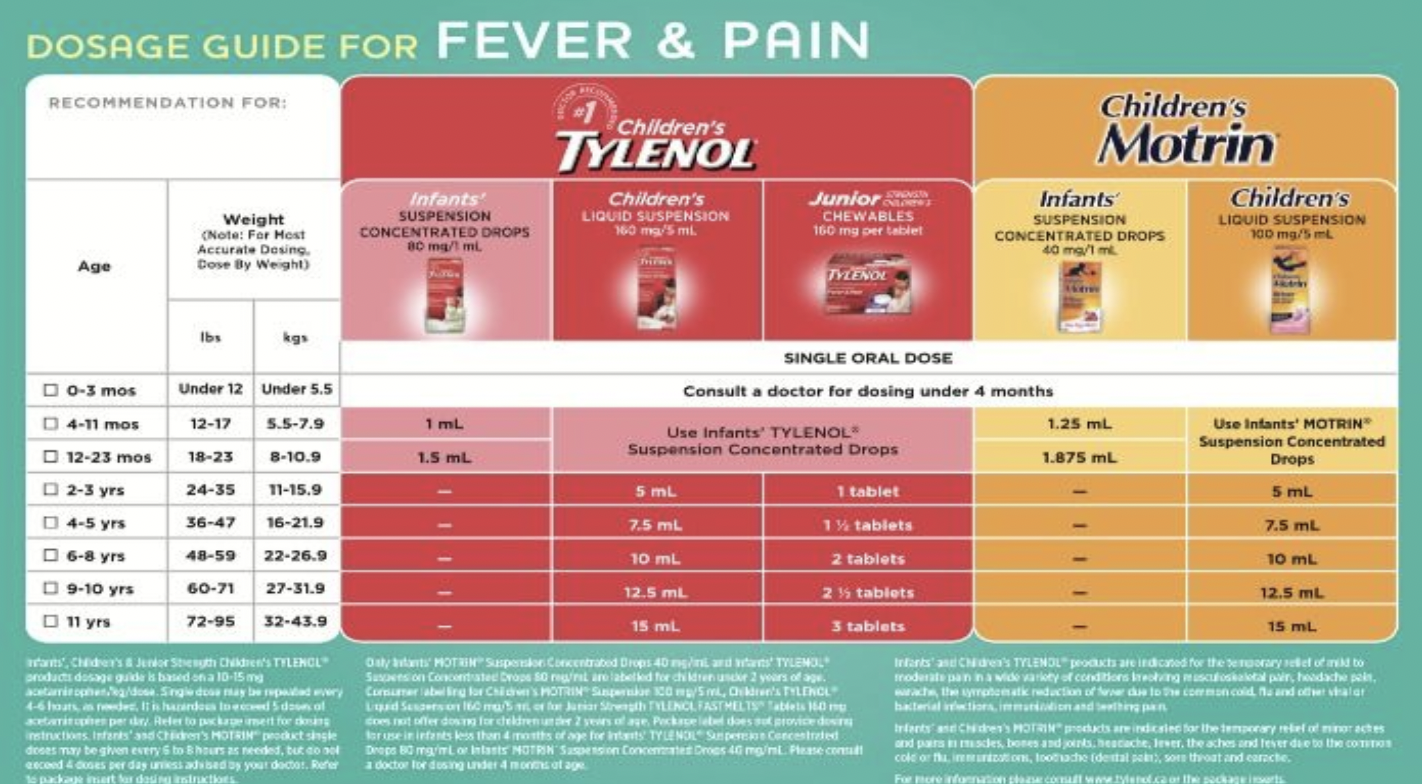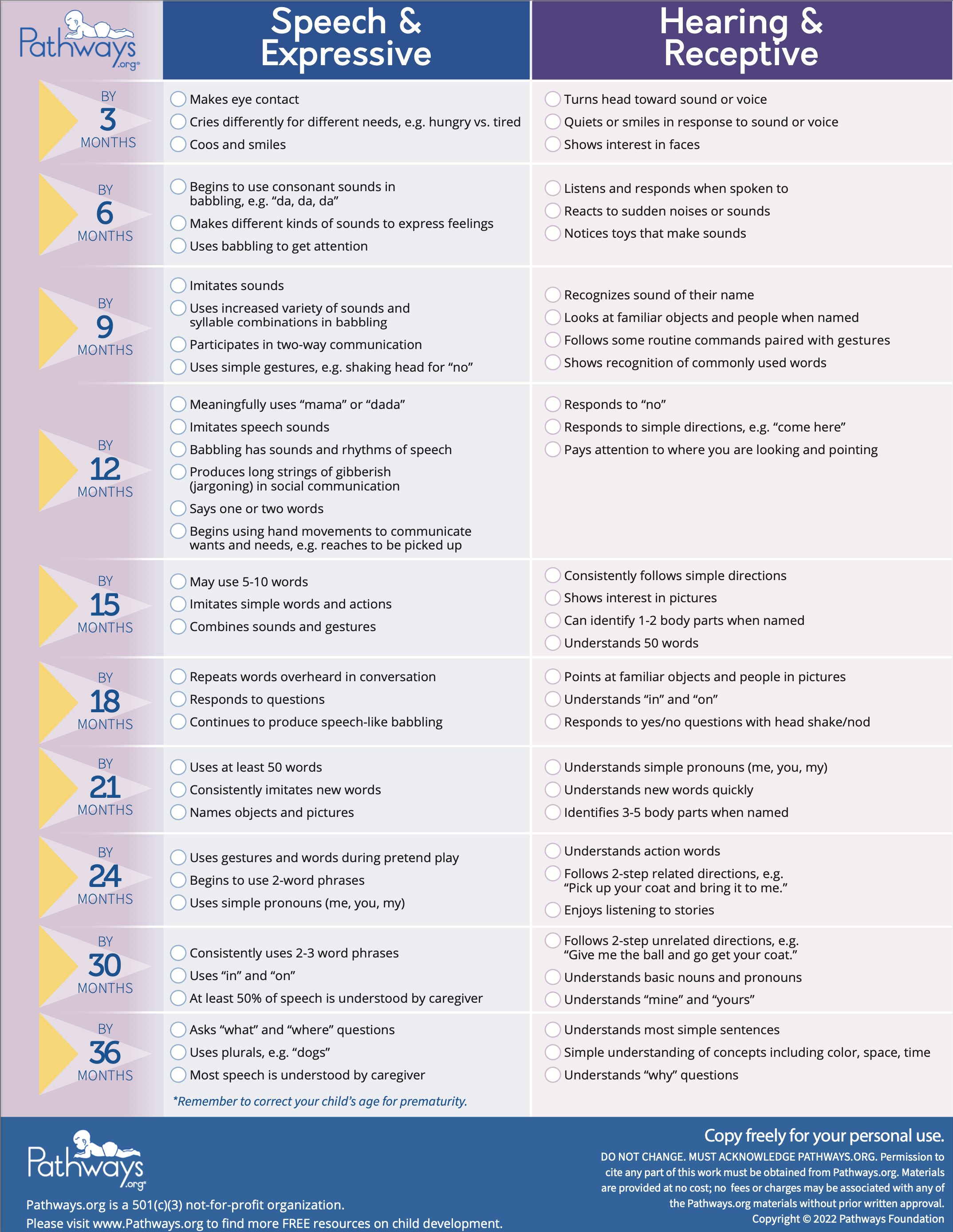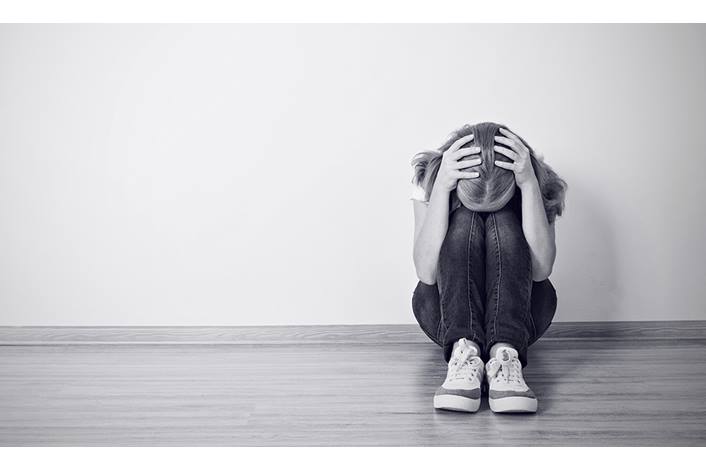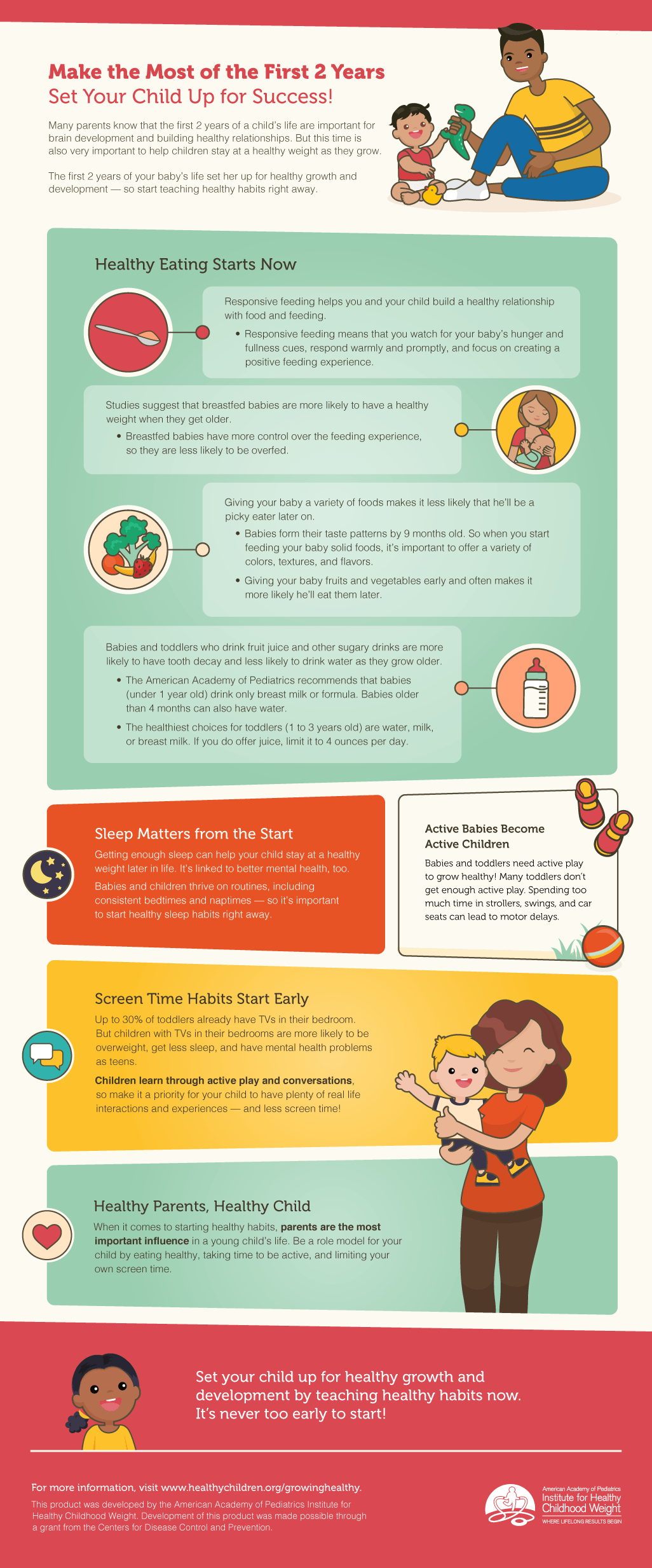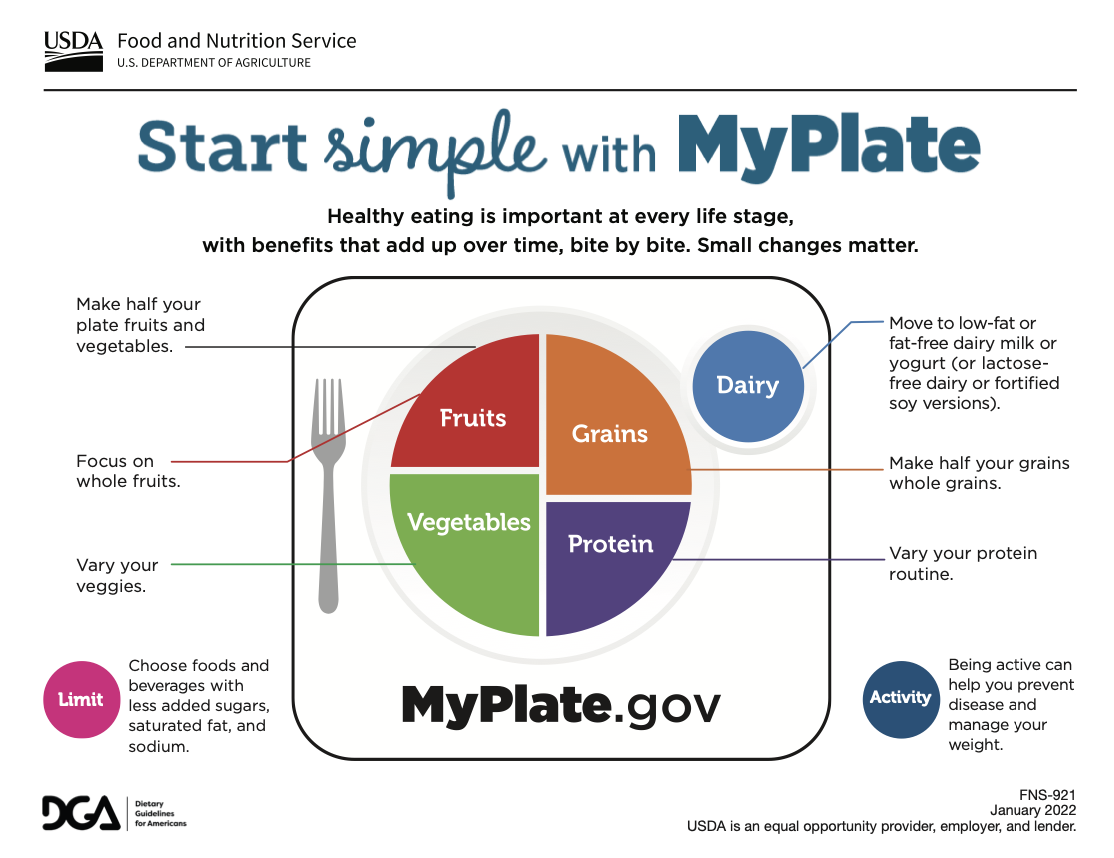Lice

Head lice can be common in preschool and elementary school-age children. While not overly serious to overall health, if you suspect your child has lice it is important to come to Sahara Medicial Institute; our expertise with treating lice will quickly resolve this irritating problem.
What are head lice?
Lice are tiny parasitic insects that dwell on the hair and scalp of both children and adults. They feed on tiny amounts of blood that they draw out from the scalp. Lice spread easily from one person to another through shared clothing or personal items such as hats or hairbrushes. While head lice can be frustrating for both children and their parents, the condition is easily treatable by Dr. Peraza at Sahara Medical Institute.
What are the common signs of head lice in children?
The most common symptom of head lice is itching. That itching on the scalp may start weeks or even months after the lice have started to spread. Scratching can make the skin on the scalp raw. Scalp irritation can also result in the appearance of small red bumps or even rashes.
If your child is complaining of any of those symptoms, determining if your child has lice is quite easy. Look for the presence of nits, or lice eggs. Nits appear in yellow, brown, or tan dots before they hatch into adult lice. They may appear similar to dandruff, only that they are not easily removed when shaken or brushed off. Another sign is the appearance of adult lice or baby lice, also known as nymphs. Adult lice are usually tan or grayish in color and are roughly the size of a sesame seed. Nymphs are much smaller.
Call Dr. Peraza if you notice any of these signs in order to have your child’s head lice treated right away to avoid the lice spreading to the rest of your family.
What is the treatment for lice?
The most common treatment is an over-the-counter or prescription shampoo, lotion, or cream rinse that effectively kills head lice. It may take two treatments to ensure all the lice eggs are dead. Dr. Peraza will decide the best product to address the particular situation of your child. Back home, you will need to wash clothing and bedding in hot water to prevent a re-infestation.
cloudRequest Consultation
 ADHD EVALUATIONS
ADHD EVALUATIONS VACCINE
VACCINE PHYSICAL EXAM
PHYSICAL EXAM ACID REFLUX
ACID REFLUX LICE
LICE SPORTS PHYSICAL EXAM
SPORTS PHYSICAL EXAM CIRCUMCISION
CIRCUMCISION FOOD SAFETY
FOOD SAFETY OBESITY
OBESITY







